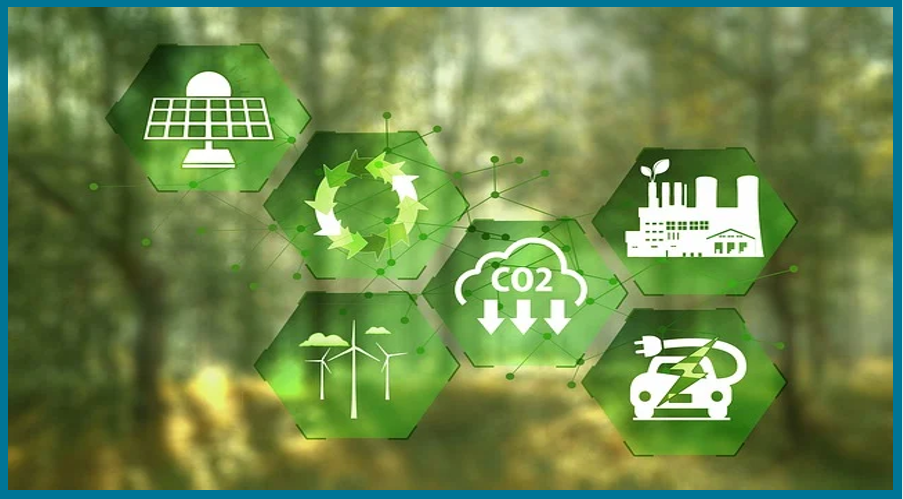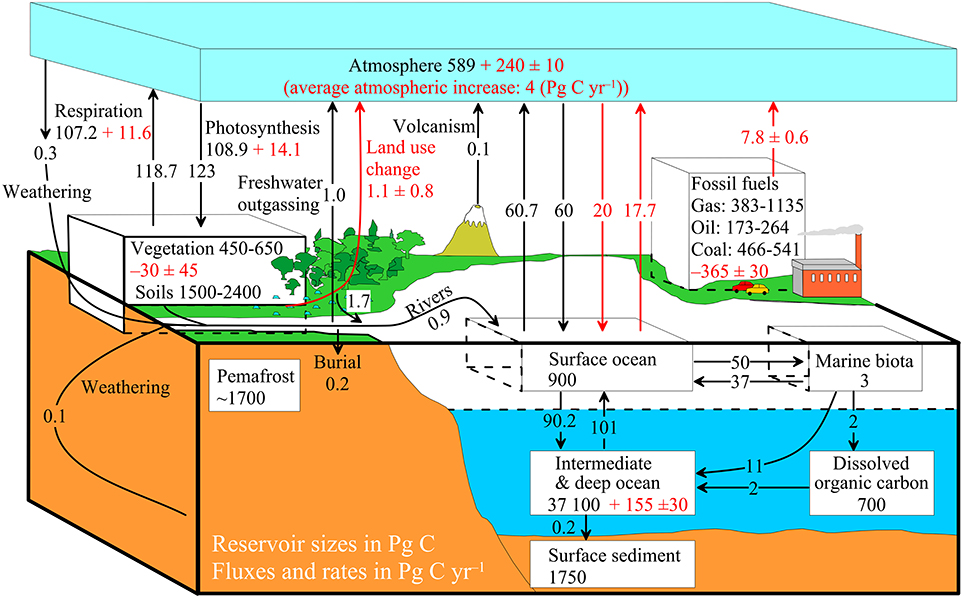Ireland €29 Million Boost for Local Climate Action: Wexford Hosts National Rollout
On April 2–3, 2025, climate action teams from all 31 Irish local authorities convened in Wexford for a pivotal two-day event marking the rollout of €29 million in Phase 3 funding for Local Authority Climate Action Plans (LA CAPs). This funding, administered by the Department of the Environment, Climate and Communications (DECC), supports the implementation […]
Continue Reading




